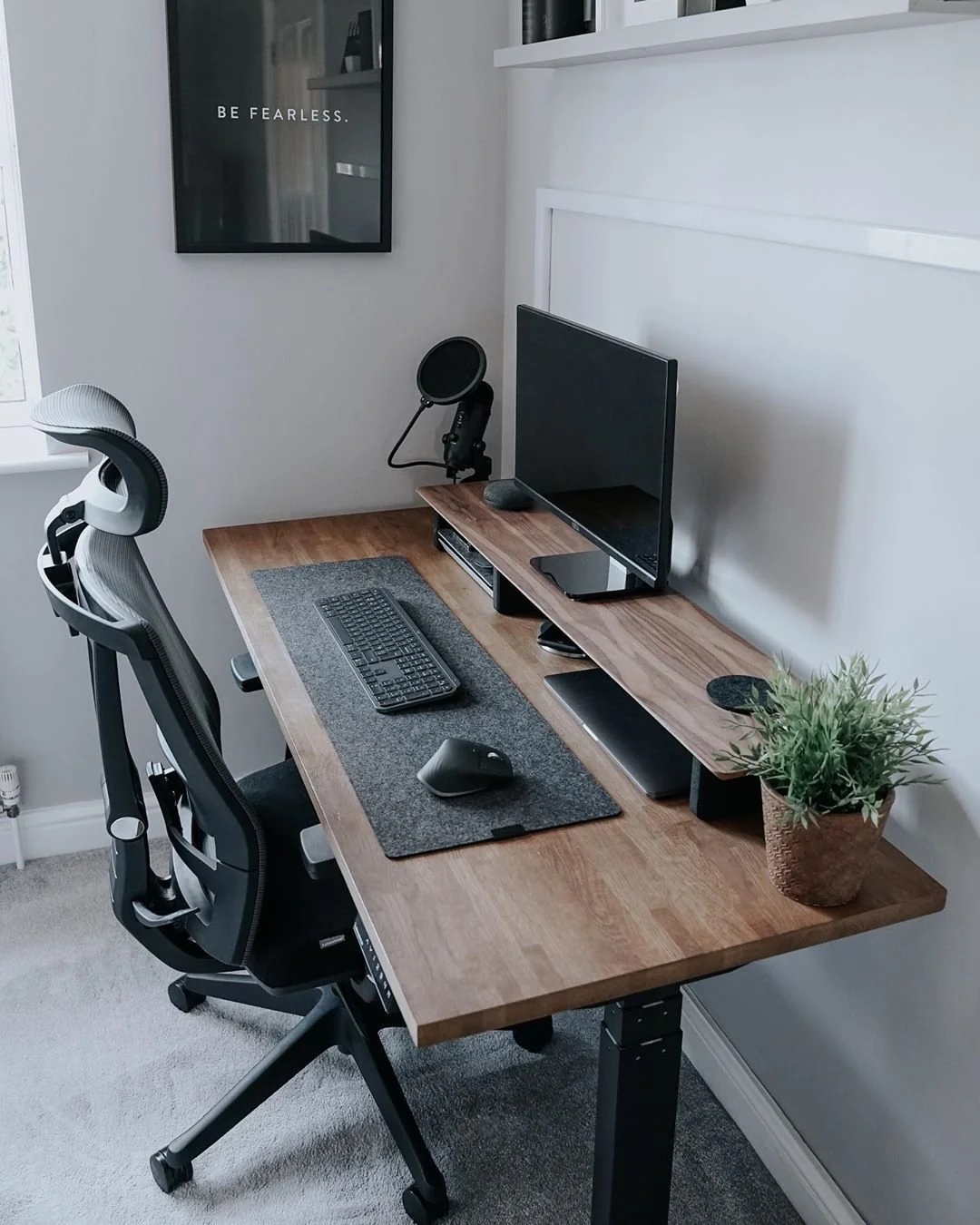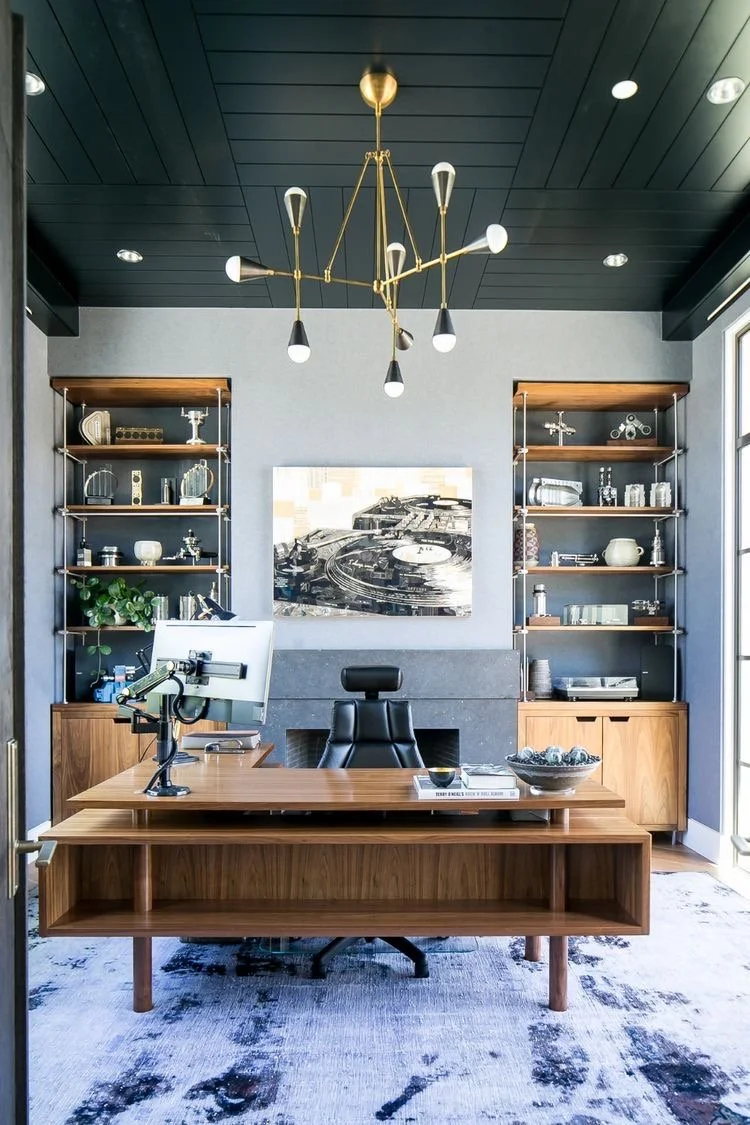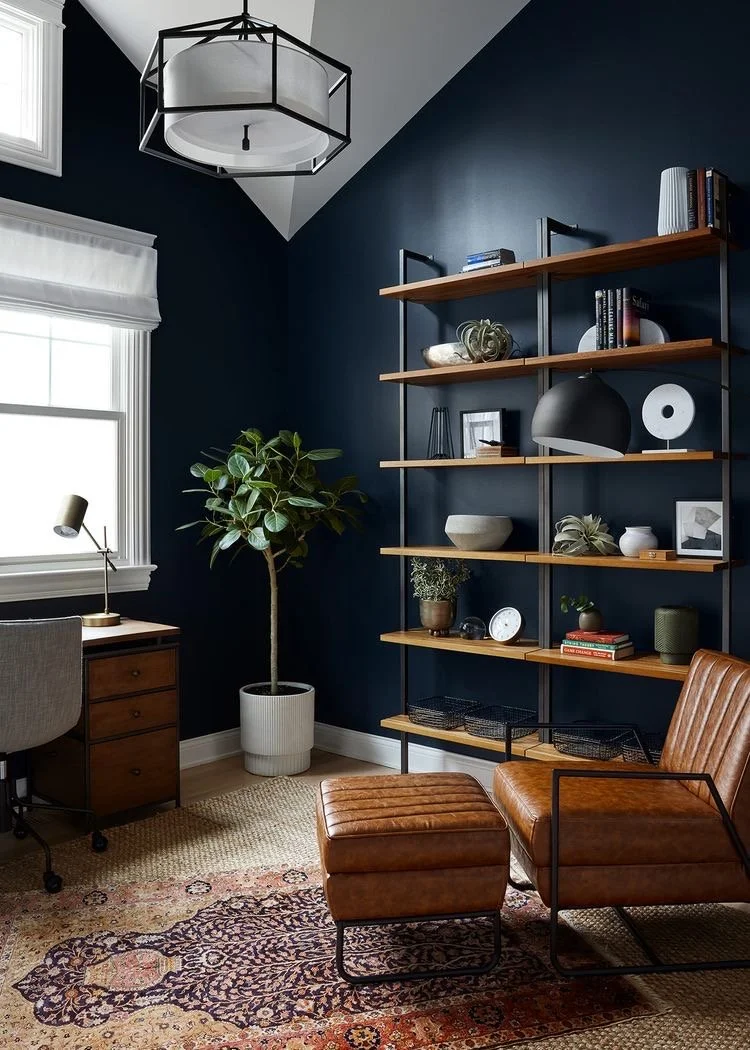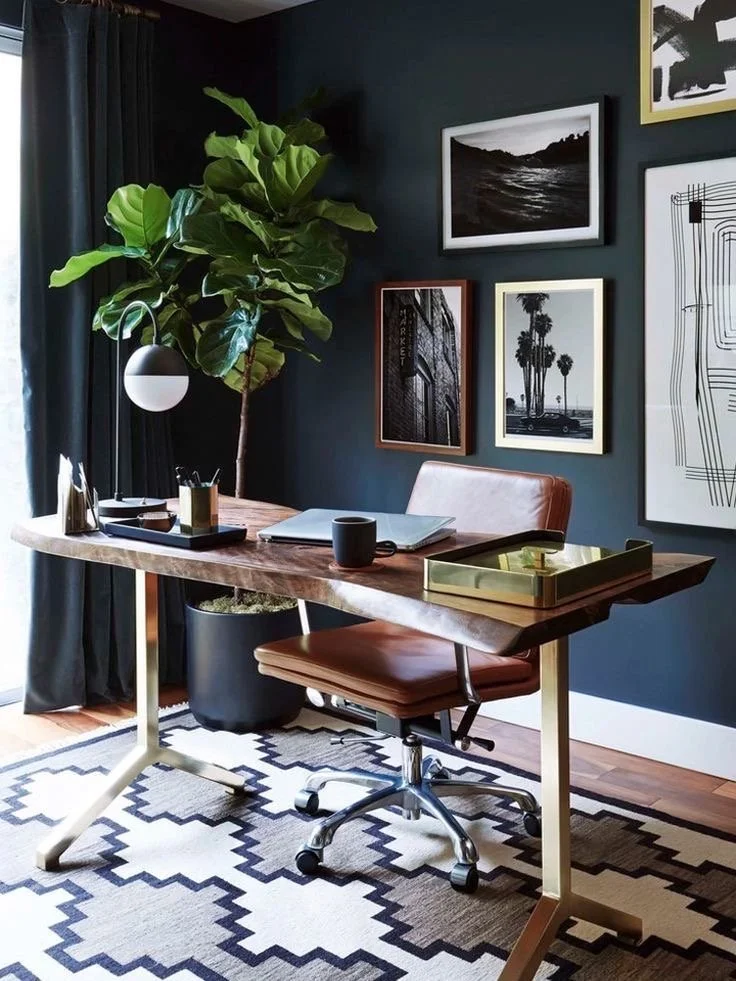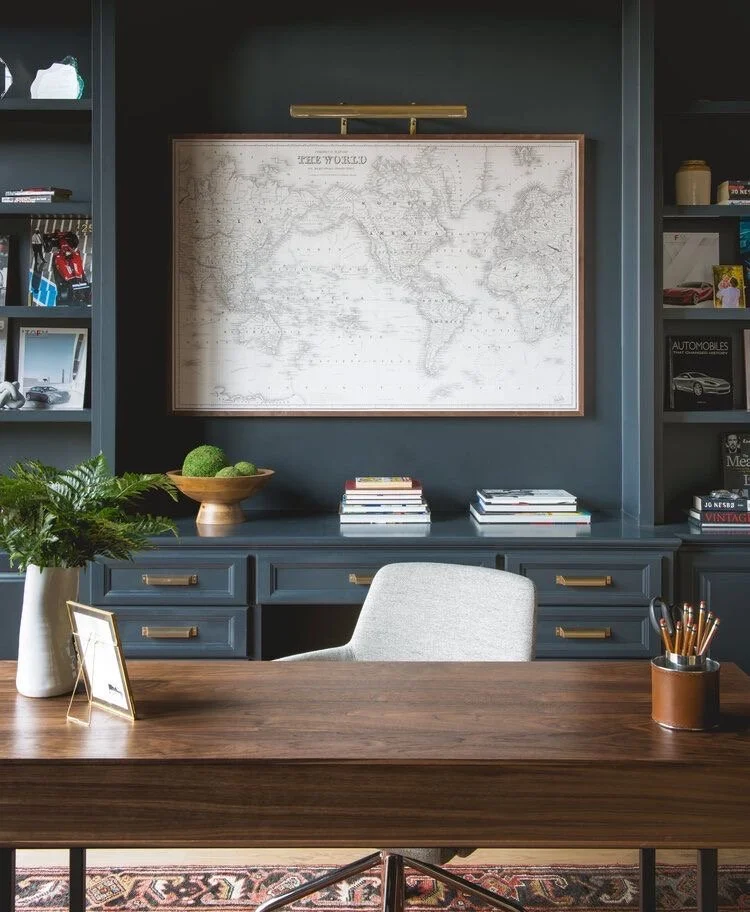Home office Design Tips…
Designing a safe space in your home where you can escape to do focused work, catch up on your reading or think clearly can be a game changer for increasing your productivity.
Working from your bed or your couch isn't only demotivating but it's unhealthy for your body in the long run.
When a home office is designed for both functionality and comfort it can allow you to do your best work. Other than functionality and comfort, it's imperative to design a home office where your emotional well-being is prioritised.
Here are some tips that will help you design a functional and comfortable home office:
Invest in Ergonomic Furniture
The first consideration when designing your home office should be the quality of the furniture you invest in. Your home office is a space that you will be spending long hours in therefore choosing ergonomic furniture isn't a luxury but a necessity. Ergonomic furniture is furniture that is designed to specifically support your body and prevent muscle strains and body aches. Not only will your back and spine thank you in the long term but you will be able to focus on work for long periods without any body aches.
2. Choice of colour palette
Your mood and emotions are directly affected by the colour palette that you choose for your interiors. Choose a colour palette that invokes the mood you want to feel while you are working in your space. If you want to feel calm and clear-minded, opt for neutral colour palettes and if you want to feel energised you can go for bold colour palettes which are usually preferred by those working in the creative industry.
3. Layer your Lighting
The first consideration with lighting is access to natural lighting. Ensure that your home office is positioned in a space where you can access natural light. Apart from its natural uses such as increasing visibility, natural lighting is considered best for working because of its health benefits such as increased vitamin D production which is good for concentration and getting you in a good mood.
In addition, you will need to incorporate appropriate lighting fittings and fixtures. You will need task lighting such as desk lamps, layer them with ambient lighting such as ceiling-mounted lights for general illumination of the space and if necessary add accent lighting like wall lights to highlight certain features in your space such as art pieces.
Photo Credit: Design Milk
4. Cater for Efficient Storage solutions
Clutter is the number one enemy of focus and productive work. A study published by Current Psychology found a direct link between clutter and procrastination. A functional study requires efficient storage solutions, you can install floating shelves, storage ottomans and desks with in-built storage.
Photo Credit: Devon Grace Interiors
5. Bring Nature into your Study
Adding potted plants and flowers is a simple way of creating a healthier and more pleasant work environment. They aren't just aesthetically pleasing but studies have shown that they are amazing for your emotional well-being. Also, exposure to plants in a room helps purify the air quality by filtering out pollutants and toxins in the air.
Photo Credit: Luna Collages
6. Add Character to the Space with Decor
Decor pieces that reflect your personality and interests are a perfect way to make your space feel like a haven. Decorate your space with decor items that inspire you and sentimental pieces that bring back good memories. This will help you get in the mood for work immediately after you step into your workspace.
Photo Credit: Jenna Sue Design Co
In conclusion, you need to ensure the space is functional, comfortable and motivating enough for you to accomplish your tasks with minimal stress and frustration.
If you would like an interior design consultation on office design contact us on info@kwanziaccents.com

